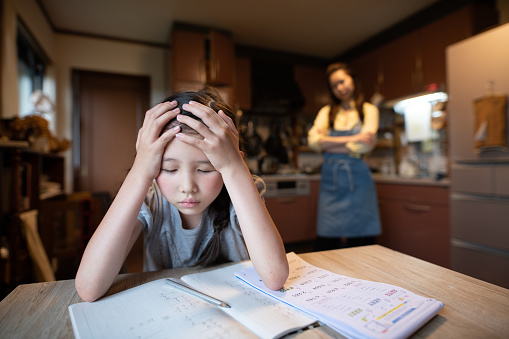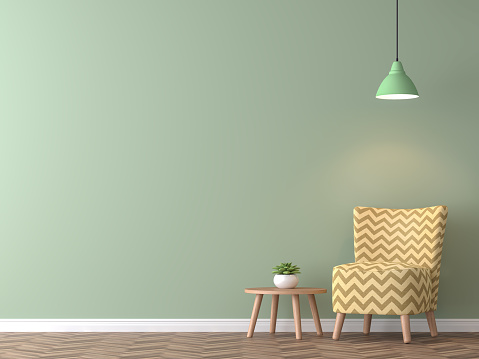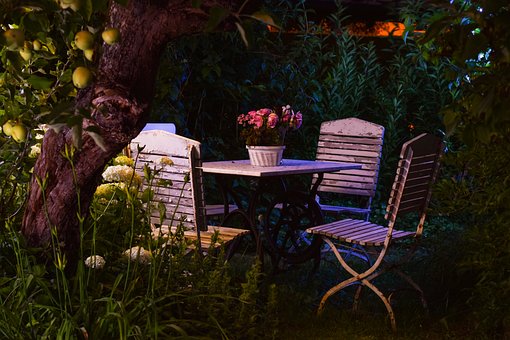If you’re a parent or caregiver of an anxious child, you know how challenging it can be to provide the support and comfort they need. Anxiety can impact every aspect of a child’s life, from their relationships to their academic performance. As an adult, you have the power to transform your home into a calm and supportive environment that can help your anxious child thrive. By taking proactive steps to reduce clutter, create a sense of safety, promote relaxation and mindfulness, and more, you can create a home that supports your child’s emotional well-being. In this blog post, we’ll share 8 ways to transform your home into a calm and supportive environment for an anxious child. Whether you’re a seasoned parent or a new caregiver, these tips can help you provide the support your child needs to manage their anxiety and lead a happier, healthier life.
1. Reduce Clutter and Stimuli
Clutter and sensory overload can be overwhelming for anxious children and increase their feelings of anxiety. Too much visual and auditory stimuli can cause distraction, confusion, and irritability, which can trigger anxiety symptoms. To reduce clutter and stimuli in the home, consider organizing and decluttering living spaces, removing excess decor, and minimizing loud or bright items that may cause sensory overload. Creating a designated study area and limiting screen time can also help reduce visual distractions. Furthermore, consider introducing calming elements like plants, natural lighting, and soft furnishings to promote a peaceful environment for the anxious child. By reducing clutter and stimuli, the home can become a more calming and supportive environment for the anxious child.

2. Create a Safe and Predictable Environment
Creating a safe and predictable environment in the home is crucial for reducing anxiety in an anxious child. When children know what to expect and feel secure in their surroundings, they are better equipped to manage their anxiety. To create a safe and predictable environment, parents can establish routines and schedules, create clear rules and expectations, and provide consistent and reliable support. Parents should also be attentive to their child’s needs and feelings, and respond in a calm and reassuring manner when their child is feeling anxious.
Creating a space in the home where the child can retreat and feel safe, such as a cozy corner or a designated calming room, can also be helpful. By creating a sense of safety and predictability in the home, parents can support their anxious child in managing their anxiety and promoting overall well-being.
3. Use Calming Colors and Decor
Incorporating calming colors and decor into your home can have a significant impact on reducing anxiety in your child. Anxious children can benefit from colors such as blue, green, and lavender, which are known for their calming properties. These colors can be incorporated into the decor through bedding, curtains, or wall art.
Using natural elements such as wood or plants can also help create a calming atmosphere. Soft lighting and comfortable textures such as fluffy blankets and pillows can also promote relaxation. By using calming colors and decor, you can create a peaceful and soothing environment for your anxious child, which can help reduce their anxiety levels and promote a sense of calmness and security.

4. Promote Relaxation and Mindfulness
Promoting relaxation and mindfulness in the home can be highly beneficial for an anxious child. Relaxation and mindfulness techniques help to reduce stress and anxiety by promoting feelings of calmness and tranquility. Parents can encourage relaxation and mindfulness by introducing techniques such as deep breathing exercises, yoga, and meditation. These techniques can help anxious children learn to control their breathing and focus their minds, which can be useful in managing anxiety.
Parents can create a quiet space in the home where the child can engage in these activities without interruption. Practicing relaxation and mindfulness on a regular basis can help anxious children feel more grounded and centered, which can lead to greater emotional stability and a greater sense of well-being.
5. Encourage Exercise and Physical Activity
Encouraging exercise and physical activity is a great way to help reduce anxiety in an anxious child. Engaging in physical activity helps to reduce stress and releases endorphins, which promote feelings of well-being. As a parent or caregiver, there are various ways to encourage your child to engage in physical activity. You can take them to the park, encourage them to join a sports team, or even create a fun workout routine for them to do at home. It’s important to make the activity fun and enjoyable so that your child is more likely to participate.
Setting aside specific times each day for physical activity can help make it a regular part of their routine. This will not only benefit their mental health but also their physical health, creating a healthier and happier child overall.
6. Create a Quiet Space
Creating a quiet space in the home is essential for anxious children as it can serve as a sanctuary where they can retreat to feel safe and calm. When children are feeling overwhelmed or anxious, a quiet space provides a calming environment that can help them feel more in control of their emotions. To create a quiet space, it is important to choose a location in the home that is away from noise and distractions. You can add items such as soft lighting, comfortable seating, and calming décor to make the space even more inviting. Encouraging your child to use the quiet space whenever they feel anxious or overwhelmed can help them develop coping mechanisms and reduce their overall anxiety levels.

7. Provide Comfort and Support
Comfort and support are crucial for reducing anxiety in an anxious child. When a child feels loved, understood, and supported, they are more likely to feel secure and less anxious. One way to provide comfort and support is by offering physical touches, such as a hug or a gentle pat on the back. You can also create a comforting atmosphere by playing calming music or reading a relaxing story together. Listening actively and validating the child’s feelings can also go a long way in providing comfort and support. Avoid dismissing or minimizing their worries, as this can make them feel more anxious. Instead, offer reassurance and let them know that they are not alone. By providing comfort and support, you can help anxious children feel more secure and better equipped to cope with their anxiety.
8. Practice Positive Communication
Positive communication can be a powerful tool in reducing anxiety for an anxious child. Children who experience anxiety may struggle with expressing their emotions and thoughts, making it crucial to create an environment that encourages open and supportive communication. Practicing positive communication involves being present and engaged with your child, listening attentively, and responding with empathy and understanding. It’s important to avoid criticism or judgment and instead, offer validation and encouragement.
Using positive affirmations and expressing gratitude can also help to boost your child’s self-esteem and reduce anxiety. By modeling, positive communication in the home, parents and caregivers can help create a safe and supportive environment where an anxious child feels heard and understood.

Conclusion
In conclusion, creating a calm and supportive environment for anxious children can make a significant difference in their overall well-being. By implementing the ten ways outlined in this post – reducing clutter and stimuli, creating a safe and predictable environment, using calming colors and decor, promoting relaxation and mindfulness, encouraging exercise and physical activity, creating a quiet space, providing comfort and support, practicing positive communication, and seeking professional help when needed – parents and caregivers can help their child feel more secure and confident in managing their anxiety.

